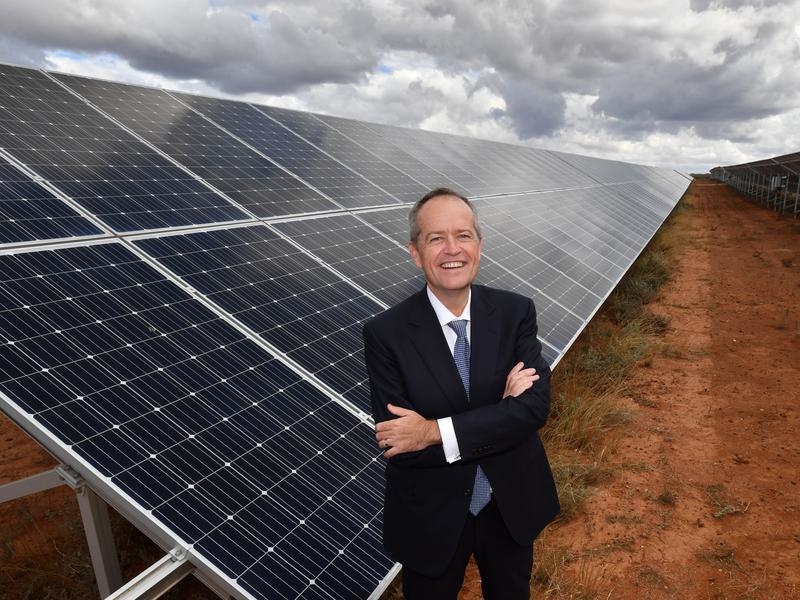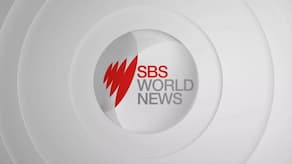The government is ramping up pressure on Bill Shorten to explain the cost of his climate policies, seizing on new modelling which shows Labor's emissions reduction targets could wipe up to $542 billion from the economy.
The modelling conducted by Brian Fisher was immediately rubbished by Labor and other economists, but it challenges Mr Shorten's claim that it is "impossible" to put a figure on the economic impact of its plans. Dr Fisher estimated reducing carbon emissions by 45 per cent by 2030 could shrink economic growth by 0.8 per cent over the decade.
Dr Fisher estimated reducing carbon emissions by 45 per cent by 2030 could shrink economic growth by 0.8 per cent over the decade.

Australian Opposition Leader Bill Shorten. Source: AAP
"It's not disastrous, but it is a drop-off," he told ABC Radio on Thursday.
Under Labor's policy, Australia's 250 biggest polluters would be required to reduce their carbon emissions either through action or purchasing international credits.
Dr Fisher's modelling assumes only a quarter of the required emissions reduction task would be achieved through offsets.
If big businesses rely on international permits for half the reduction, the economic impact is reduced to $276 billion.
Labor's climate change spokesman Mark Butler said the modelling was "dodgy".
"This is no more credible than the last piece of rubbish he produced a week or two ago with the same utterly dodgy assumptions," he told ABC Radio.
"This is utterly rubbish and it is utterly at odds with every other piece of analysis of this policy."
Questions about the cost of Labor's climate policy has dogged the Opposition which has instead stressed the cost of doing nothing would be disastrous.
Energy Minister Angus Taylor said the new modelling provided a clear picture of Labor's "aggressive" climate targets, arguing they go "way beyond" what is required to restrict global warming.
"What's clear in all of these scenarios is very big impacts, and intuitively that makes sense," he told ABC Radio National.
"If you want to take 45 per cent of the emissions out of the economy in just over 10 years, it is going to have very significant costs." The coalition government wants to reduce carbon emissions by 26 per cent by 2030, although its plans to use credits from exceeding Australia's Kyoto commitments drops this to about 15 per cent.
The coalition government wants to reduce carbon emissions by 26 per cent by 2030, although its plans to use credits from exceeding Australia's Kyoto commitments drops this to about 15 per cent.

Mr Shorten says the jobs will be created through his target of 50 per cent renewable energy by 2030. Source: AAP
Mr Shorten is on Thursday focusing on the jobs that will be created through his target of 50 per cent renewable energy by 2030.
"Renewable energy means more jobs, more investment, cheaper energy and lower pollution," he said on Thursday.
Apprentice incentives
Labor will put $45 million towards apprentice incentives, where employers could get up to $8000 for taking on an apprentice.
The apprentices themselves would get $2000 to help with education costs.
"These apprentice incentives will be available for apprentices working on renewable energy projects and for clean energy businesses," Mr Shorten said.
"This includes wind and solar, battery manufacture and installation, pumped hydro and transmission."
If Labor wins at the 18 May election, a Shorten government would also invest $20 million towards upgrading TAFE facilities so equipment such as batteries and solar panels are industry standard.
A further $10 million would go in a clean energy training fund so workers can be trained and upskilled for renewable industries.

